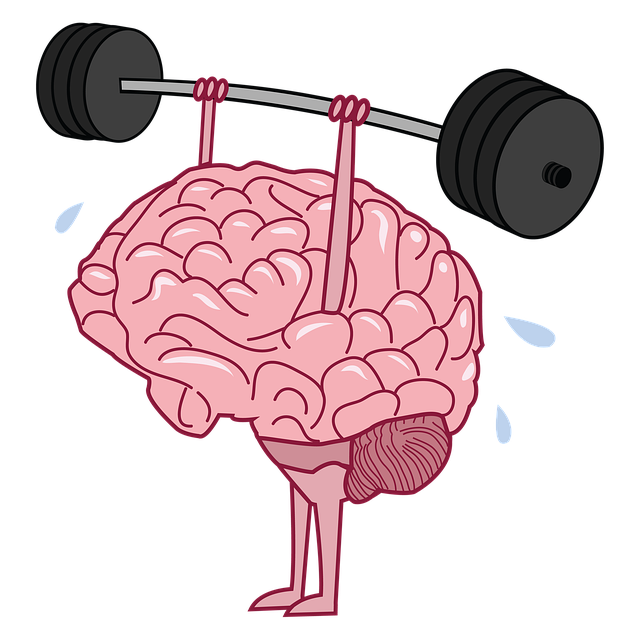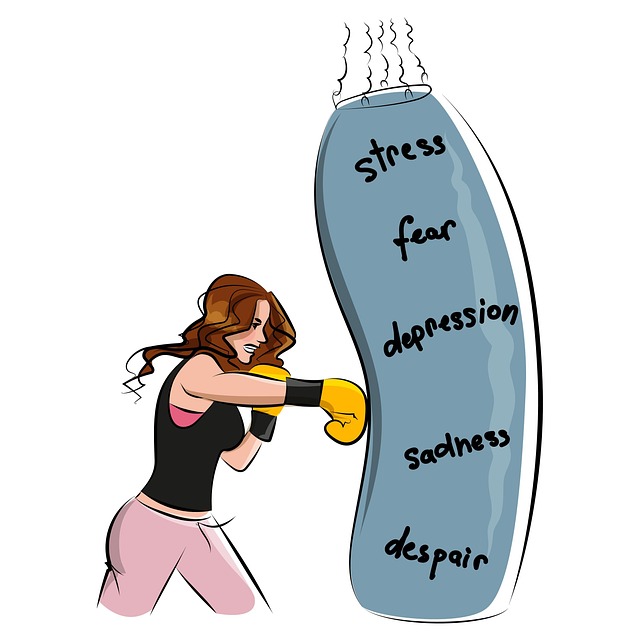TL;DR:
Risk assessment is vital in therapy for adults couples facing communication issues, focusing on past traumas and mental health concerns. Therapists use self-awareness exercises to identify emotional triggers, adapt techniques, and minimize harm. Key strategies include active listening, non-violent communication, burnout prevention, and stress management techniques. A safe, non-judgmental environment empowers partners to express themselves openly, address underlying issues, resolve conflicts, and strengthen their bond, ultimately enhancing mental wellness and relationship satisfaction. Comprehensive risk assessment and tailored interventions ensure a constructive, supportive therapeutic journey for improved couple well-being.
Risk assessment and harm minimization planning are essential components of providing safe and effective therapy for adult couples dealing with communication issues. This article guides therapists through understanding risk assessment, identifying potential hazards in therapy sessions, and implementing harm minimization strategies. We explore practical steps to create a supportive environment, enhance communication, and develop comprehensive risk plans tailored to adult couples’ unique needs. By integrating these strategies, therapists can ensure a secure therapeutic journey.
- Understanding Risk Assessment: Identifying Potential Hazards in Therapy Sessions
- Harm Minimization Strategies: Creating a Safe and Supportive Environment
- Communication as a Cornerstone: Effective Strategies for Couples Therapy
- Practical Implementation: Developing a Comprehensive Risk Plan for Adult Couples Therapy
Understanding Risk Assessment: Identifying Potential Hazards in Therapy Sessions

Risk assessment is a crucial step in therapy, especially when addressing complex issues such as communication problems in adult couples. It involves identifying potential hazards and risks that may arise during therapy sessions, ensuring a safe and supportive environment for all involved. Therapists must be vigilant in recognizing various factors that could impact a client’s well-being, including past traumatic experiences or mental health concerns. By assessing these risks, therapists can tailor their approach and implement harm minimization strategies.
One effective method to enhance risk assessment is through self-awareness exercises, encouraging clients to reflect on their emotional triggers and previous responses to therapy. This process aids in identifying potential red flags and allows therapists to adapt their techniques accordingly. Moreover, by addressing the Mental Illness Stigma Reduction Efforts, therapists can create a non-judgmental space, fostering open communication and encouraging clients to share sensitive information freely. Trauma Support Services are also integral, as they help manage risks associated with triggering events, ensuring clients feel safe throughout the therapeutic journey.
Harm Minimization Strategies: Creating a Safe and Supportive Environment

Creating a safe and supportive environment is a cornerstone of harm minimization strategies, especially in therapy settings for adults and couples dealing with communication issues. This involves fostering an atmosphere where individuals feel understood, respected, and empowered to express their thoughts and feelings openly without fear of judgment or retribution. Therapeutic techniques such as active listening, non-violent communication, and validating emotional experiences can significantly contribute to this environment.
By implementing robust burnout prevention measures, mental wellness podcast series production can be integrated into the overall harm minimization planning. Encouraging regular breaks, promoting healthy work-life balance, and offering resources for stress management and mood management are all part of creating a supportive ecosystem that enables individuals to navigate their therapy journeys effectively. This holistic approach ensures that clients not only address their communication issues but also emerge with enhanced mental wellness and resilience.
Communication as a Cornerstone: Effective Strategies for Couples Therapy

In couples therapy, communication is a cornerstone upon which lasting change and healing are built. Effective strategies for improving communication in adult relationships involve creating a safe, non-judgmental space where both partners feel heard and understood. This often includes teaching active listening skills, encouraging open expression of emotions, and fostering empathy through perspective-taking exercises. By facilitating honest dialogue, therapists help couples navigate underlying issues, resolve conflicts constructively, and strengthen their emotional connection.
Integrating self-care routine development for better mental health and emotional well-being promotion techniques is vital in this process. Encouraging individuals to prioritize stress management strategies allows them to approach therapy sessions with renewed clarity and resilience. Through tailored interventions, couples can learn to navigate communication challenges more effectively, leading to improved relationship satisfaction and enhanced overall emotional wellbeing.
Practical Implementation: Developing a Comprehensive Risk Plan for Adult Couples Therapy

In the realm of therapy for adults couples with communication issues, a practical and comprehensive risk assessment is paramount to effective harm minimization planning. The initial step involves identifying potential risks and hazards specific to this unique therapeutic setting. These could include emotional triggers, past trauma, or unaddressed conflicts that might escalate during the healing process. Once identified, these risks need to be meticulously documented and prioritized based on their likelihood and potential impact.
A robust risk plan should incorporate tailored strategies for stress reduction methods and burnout prevention, fostering a safe space where both partners can work towards self-esteem improvement. By integrating these measures, therapists can proactively navigate the therapeutic journey, ensuring that the process remains constructive and supportive rather than detrimental. This proactive approach not only enhances the couple’s communication but also promotes their overall well-being throughout therapy.
Risk assessment and harm minimization planning are essential components of providing safe and effective therapy for adult couples dealing with communication issues. By identifying potential hazards, implementing protective strategies, and prioritizing open communication, therapists can create a supportive environment that fosters healing. A comprehensive risk plan, tailored to the unique needs of each couple, ensures that therapy remains beneficial and minimizes any potential harm, ultimately enhancing the success of the treatment process.














